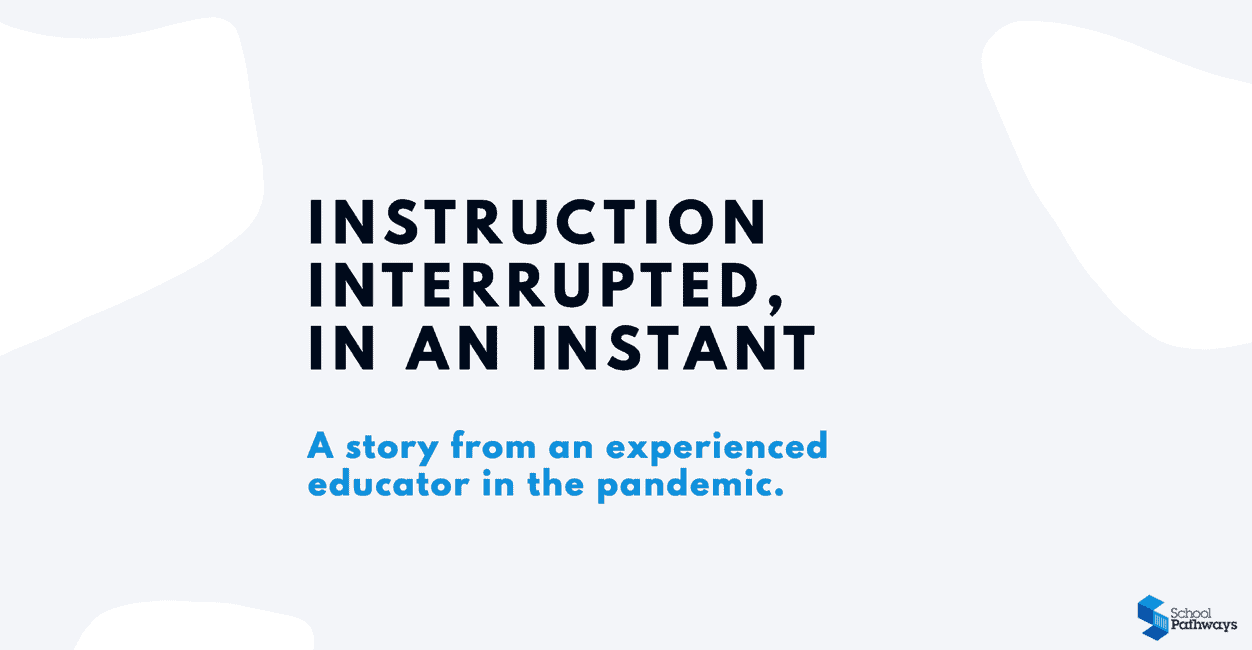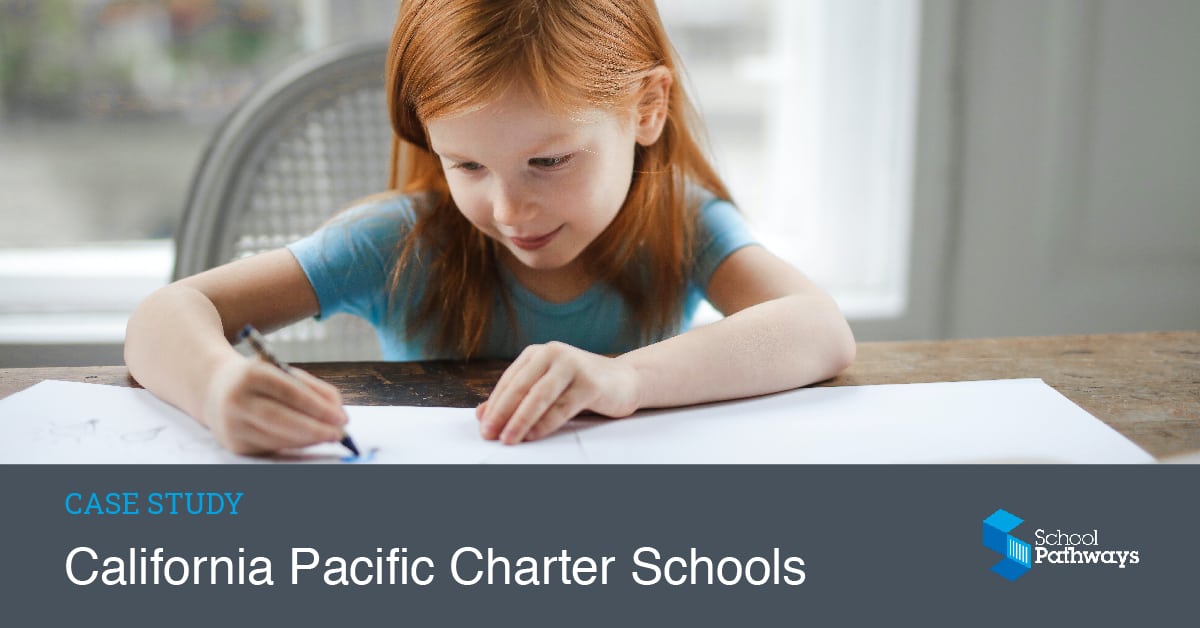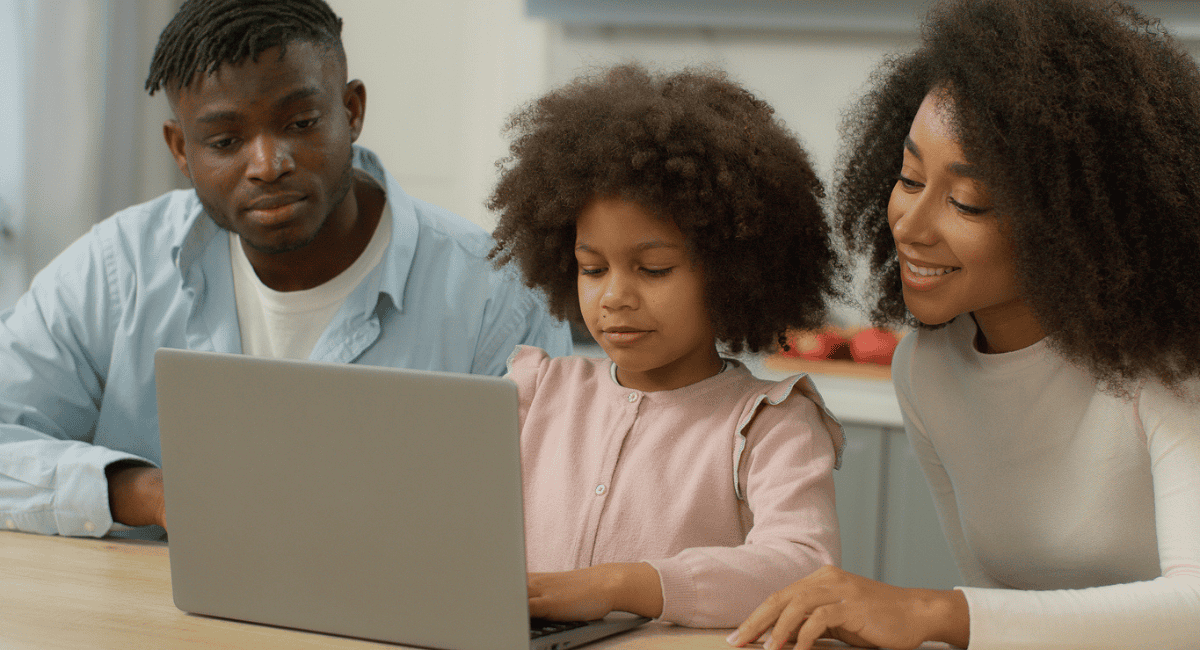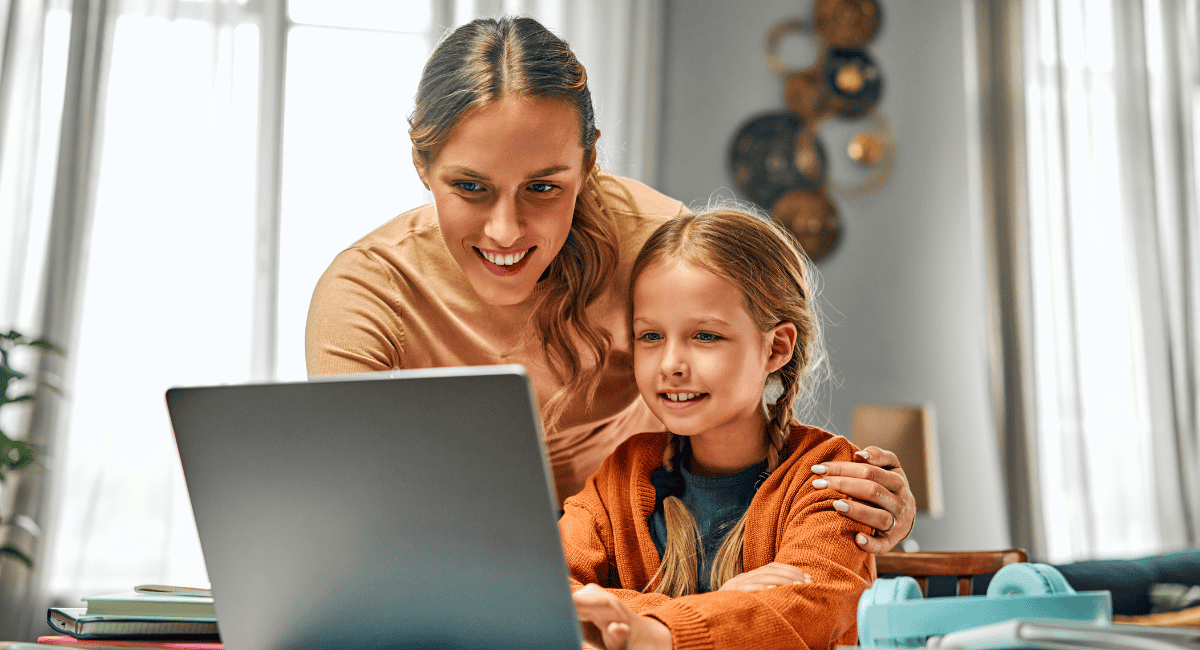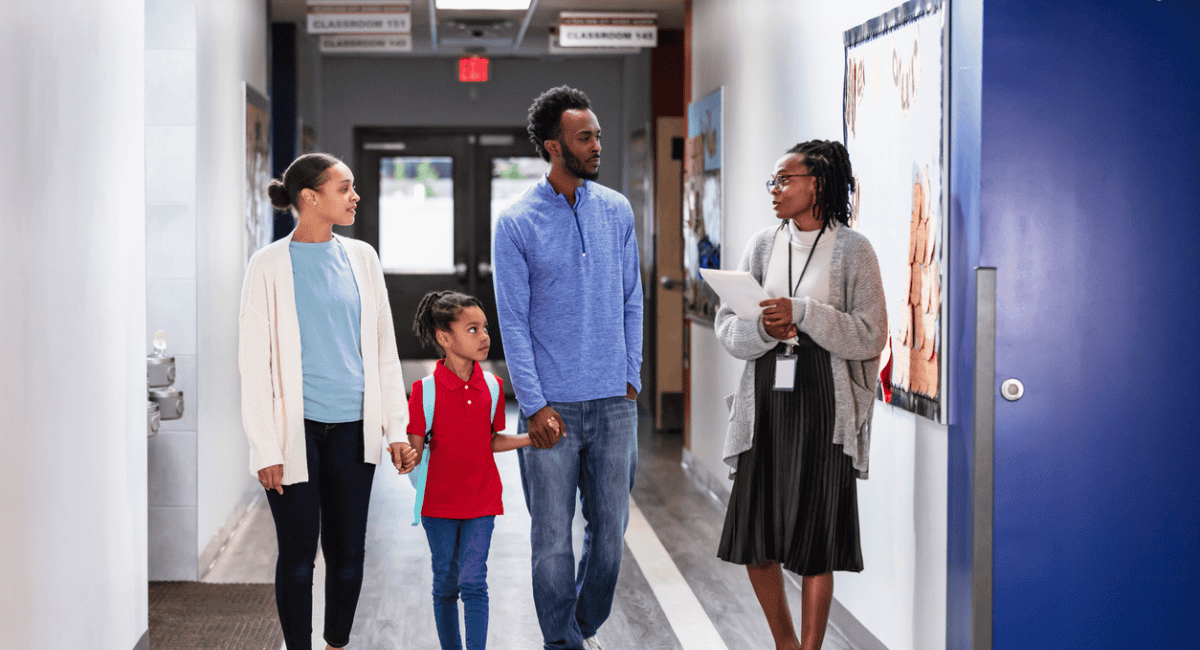Educators have long been known to “borrow” ideas from each other and apply models, strategies, and lessons that have worked in schools and districts vs. building something from scratch only to see it crash and burn in the classroom or a school. When my school was forced to discontinue classroom instruction, I believed my best opportunity to meet the teaching and learning needs of my teachers, students, and parents during the pandemic was to find a proven instructional delivery model that would provide a variety of distance and hybrid education options for students.
Listening to Stakeholders for Strategies for Online Instruction
Because I was in triage mode and experiencing pressure from teachers, parents, and the Board, I did not have time to create a strategy (and implement tools) for distance learning from scratch. I had to quickly take inventory of my technology solutions and my stakeholders’ needs and identify how to solve the most pressing problems using available resources and established methods that I could quickly put into practice.
These were the most critical problems I needed to solve for each of my stakeholders:
Teachers couldn’t create and/or re-create their existing instructional resources to make them appropriate, or in some cases usable, for distance teaching and learning. For teachers to build their instructional plans and lessons they needed easy access to digital curricula that could be used alongside or in an integrated manner with our instructional technologies.
Straightforward Student Learning
Equally as important as what the teachers were delivering online was that students desperately needed to learn how to learn in a distance learning or hybrid setting. They needed clear directions and ample time to practice how to effectively use the technology to join meetings with their teachers and classmates, watch videos, and access their assignments. They had to learn how to complete and submit their assignments, quizzes, and tests. They even needed to learn how and when to ask their teachers for help. The parents and students needed to know how to check the status of assignments and how to check grades.
My brain was overloaded with all of the things I recognized the teachers and students would likely need. I knew I needed a plan to help me prioritize the next steps and to put our plan to transition to online instruction in motion.
My plan took the form of a list of essential questions and borrowed best practices for online instruction and distance learning. I have outlined my questions and some resources I found helpful below, I hope they are helpful to you as your school embarks upon the journey of online instruction.
Essential Questions and Considerations
How does a school:
- Quickly, affordably, and effectively train teachers to provide engaging distance learning?
- Remotely manage and deliver curricula & instruction to students who are learning from home – possibly for the first time?
- Manage, monitor, and differentiate instruction?
- Remotely measure student attendance, engagement (participation), interaction with their peers, and individual understanding?
- Adhere to Federal, State, and local reporting requirements and standards while providing distance learning and/or classroom teaching interchangeably?
Borrowed Best Practices and Strategies for Online Instruction
Edutopia – George’s Lucas’ non-profit organization dedicated to transforming K-12 education- offers a dynamic solution to the first 4 challenges noted above. Their online article, 4 Tips for Teachers Shifting to Teaching Online, explores the key elements that make distance learning effective.
The article is written by Kareem Farah: a nationally respected, trend-making teacher in the educational reform movement. If you haven’t heard of Kareem and his non-profit “Modern Classroom Project” the chances are good you’ll be hearing about him soon. Before anyone ever heard the word ‘Covid’, Kareem was developing a personalized learning model of student-engagement specifically aimed at making every student educationally empowered and relevant within a classroom setting – no small accomplishment! His version of “the flipped-classroom” succeeds in the classroom, but easily morphs to fit the demands of Distance Learning.
As for compliance, the era of distance learning comes with the usual considerations about staying in step with federal, state, and local reporting requirements. State legislatures, in particular, are beginning to establish new mandates to be fulfilled by schools during the pandemic. This is an area where I looked to our education technology vendors for help. Many providers such as School Pathways have solutions for online learning and have worked quickly to support new mandates as a service to the schools they serve.
The silver lining to the unforeseen educational challenges of this pandemic will ultimately be seen in what we do to retrain our teachers and redefine effective student engagement & success now and into the future. I am moving steadily down that path at my school. I hope you are making similar progress at yours!
Sally I’Anson ED.d is a practicing educator, an instructional expert, and an industry thought-leader. Dr. I’Anson has spent over 30 years in education serving in various roles including high school teacher, principal, district central office leader, charter school founder, and adjunct professor. Dr. I’Anson also held positions at education technology companies PowerSchool and Interactive Achievement and she earned a Doctorate in Curriculum and Instruction from Columbia University.
